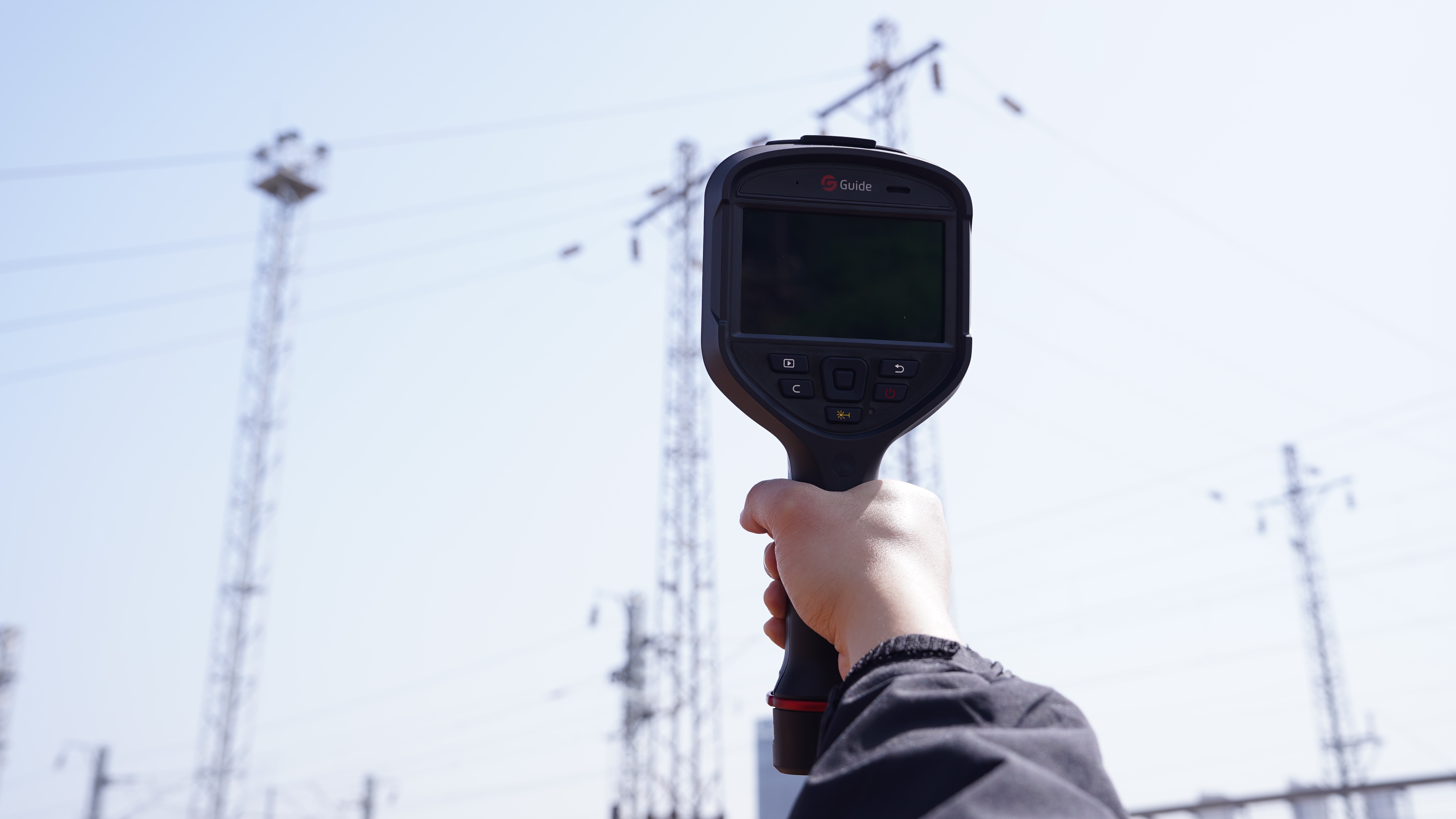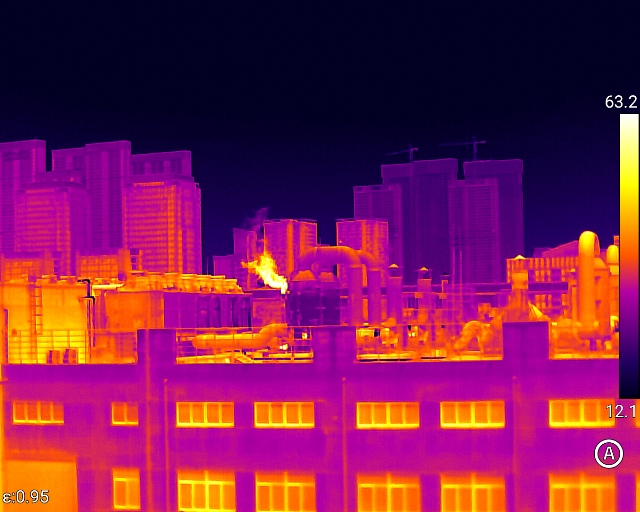Electricians routinely work with high-voltage wires, circuits, and equipment. A wrong step here may result in electrocution, fire, or even death. That's why infrared thermal imaging cameras come into play. They "see" heat patterns and enable electricians to locate dangerous problems without getting too close. That's why they are required for safety.
Find Hidden Electrical Problems from a Distance
Electrical problems like loose wiring or overloaded circuits will likely generate excess heat before causing sparks or electric shock. A thermal camera can display such hot spots as bright on the screen, even through walls or panels.
This means electricians don't have to touch live wires or open every junction box. An example is when inspecting a circuit breaker box, they can stand several feet away and be able to determine immediately if a breaker is overheating without needing to unplug it or get close to exposed conductors. This distance protects them from accidental contact with high voltage.
Avoiding Accidental Electric Shock
Touching live wires is one of the biggest risks electricians face. Infrared thermal imaging cameras allow them to detect whether a wire is live without touching it. If the wire is warm on the thermal image, they know it's live and can turn off the power supply before they begin work.
In older buildings, wiring is often unlabeled or damaged. Thermal imaging cameras can trace the path of live wires within walls, which will indicate where drilling or cutting will be dangerous. This prevents electricians from hitting live wires when installing new light fixtures, a common cause of electric shock.
Prevent Fires Before They Happen
Overheating components, such as old outlets or faulty transformers are fire causes. Infrared thermal imaging cameras could identify these problems before they occur. An electrician inspecting a commercial building might notice a hot spot in a wall receptacle. This could mean the wires are frayed and about to spark.
By addressing the issue before it starts, they can prevent a fire from occurring. It would protect not only the electrician working on the job, but also ensure the safety of everyone in the building afterward. It's far safer to deal with a minor malfunction than a fire caused by an electrical fault.
Work Safely in Dark or Confined Spaces
Electrical work often takes place in confined spaces, such as crawl spaces under buildings or crowded utility rooms. These areas are dimly lit, difficult to reach, and teeming with hidden hazards. The thermal pattern on the infrared thermal camera's screen illuminates, making it easy to see hazardous components even in the dark.
For example, in a dark basement, an electrician can use an infrared thermal camera to see that the water heater's wiring is too close to a metal pipe. Without such a device, they might miss this and get burned or electrocuted when reaching into the space.
Inspect Equipment Without Powering Off
Shutting down the power to industrial machinery or hospital equipment for inspection can be risky and potentially disrupt critical operations. Thermal imaging cameras allow electricians to inspect systems in operation. Electricians can inspect whether a motor is overheating or whether a cable is damaged without cutting the power.
This is crucial in places like hospitals, where even a short-term deactivation of the generator can endanger patients. Thermal imaging cameras allow electricians to keep power on and also ensure their own safety by not working directly on live systems.
Improved Safety during Teamwork
Electrician projects are typically team-based, especially in large buildings like factories and office buildings. Infrared thermal imaging cameras make teamwork safer by providing a shared visual reference. When an electrician spots a hotspot, the thermal image can be transmitted immediately to the team, so everyone on the team is aware of the danger.
For example, during a maintenance inspection at a factory, if a team member uses an infrared thermal camera to detect an overheating motor, the image can be displayed on a portable screen. This prevents others working nearby from accidentally approaching the hazardous area. This ensures that everyone on the team is aware of potential hazards, reducing the likelihood of accidents in a busy workplace.
Infrared thermal imaging cameras have revolutionized the safety of electricians. They are able to detect hidden hot spots from a distance, prevent fires early, operate in dark spaces, enable inspections without disconnecting power, and increase safety during collaboration. Electricians reduce the risk of injury or death when working with the use of these devices. If you need this device, please contact us.













.svg)



(1).jpg)

